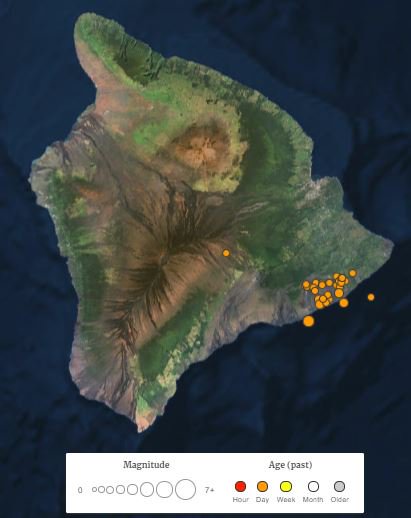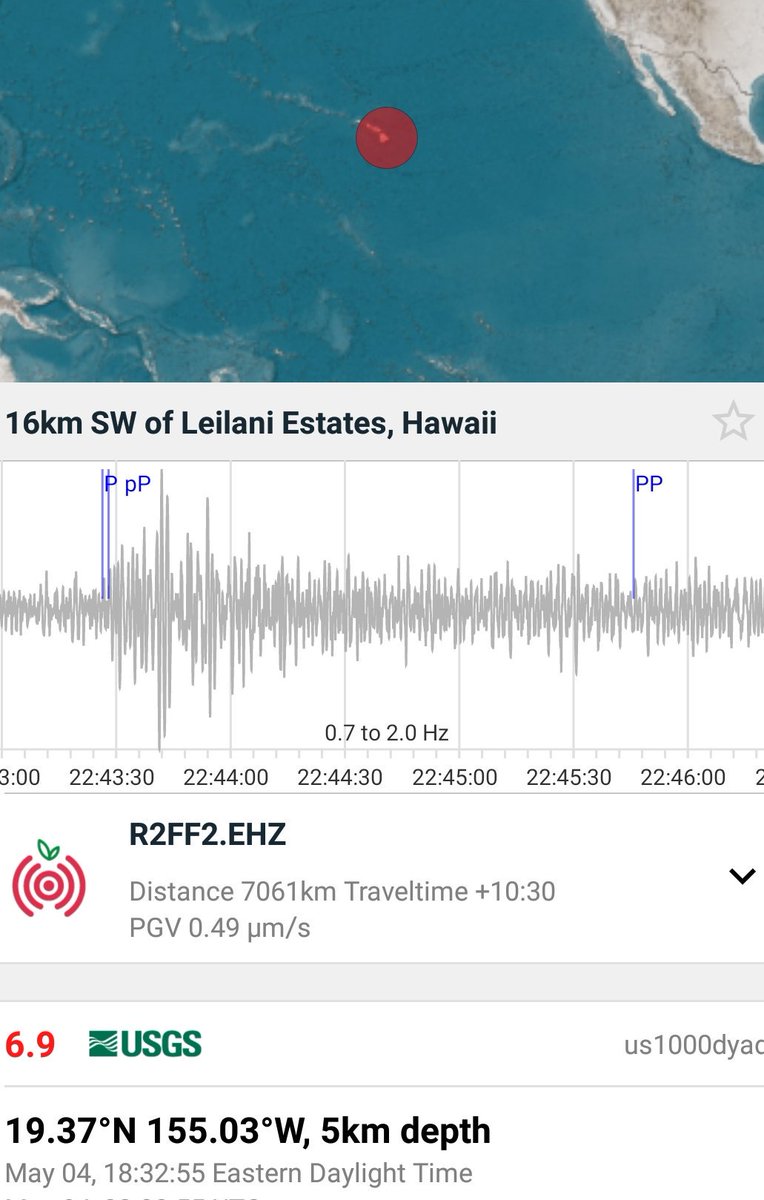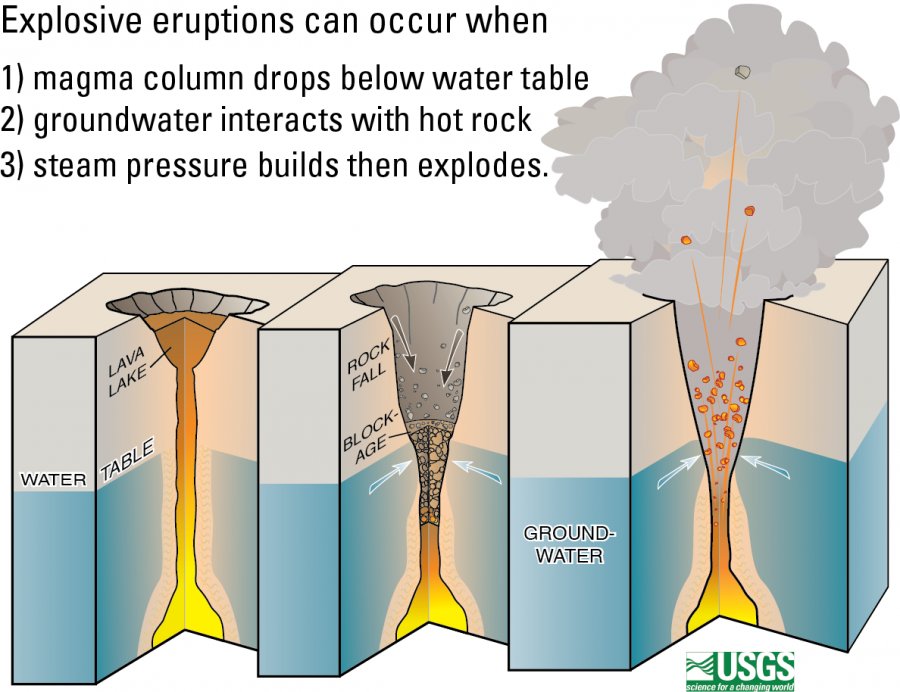Amir AghaKouchak - University of California, Irvine CA
Ben van der Pluijm - University of Michigan, Ann Arbor MI
Ben van der Pluijm - University of Michigan, Ann Arbor MI
Flooding from Hurricane Harvey in Port Arthur, Texas (August 2017).
Photo by U.S. National Guard.
Strengthening societal resilience by focusing on the interactions between natural hazards, the built environment and human societies
The costliest hurricane season in the history of the United States, widespread flooding in South and Southeast Asia, and wildfires and droughts around the world made 2017 the most impacting disaster year so far. Natural hazards are part of our planet’s life cycle, but are increasingly resulting in devastating human disasters (e.g. 2010 Haiti Earthquake; 2004 Indian Ocean Tsunami; 2005 Hurricane Katrina; 2008 Cyclone Nargis; 2011 Tohoku Tsunami; 2017 US hurricanes, 2016-18 California and Canada Wildfires; 2018 global heatwaves), highlighting our vulnerability to extreme events around the world. The key question is: What does it take to prevent natural hazards from becoming human disasters?
Addressing this question requires a critical look at the societal response to extreme events. A society that experiences frequent earthquakes often responds by improving regulations and building codes to enhance its resilience against future quakes. Over time, even a major natural hazard (e.g., an earthquake) may not lead to a human disaster. A moderate event in an unexpected region or unprepared society, on the other hand, can easily turn into a human disaster without proper preparation. Understanding critical thresholds are fundamental to prevent natural hazards from becoming human disasters, leading to another important question: How can the scientific community inform societies about critical thresholds and strengthen their resilience against natural hazards?
In the geoscience community, most studies on natural hazards focus on describing and understanding (historical and projected) changes to frequency and intensity of extreme events (e.g., floods, earthquakes, heat waves, droughts, surge, wildfires). However, society’s critical thresholds largely rely on existing infrastructure and our coping capacity. The engineering community has a long tradition of designing infrastructure based on observed historical extremes (considering some safety factors to address variability and uncertainties in historical data), but in many regions the statistics of extremes (mean, frequency, variability) have changed and will continue more so in the future. Thus, any change in the way we prepare our societies and design our built environment would also require support from policy makers. This calls for the three research communities, geoscience, engineering and policy, to focus more on the interactions between natural hazards and the built environment and human societies. In the following, we discuss three areas that warrant attention.
Modified from AGU Ed Vox: We Can Work It Out: Avoiding Disasters.
Follow us on Twitter: Amir AghaKouchak is @AmirAghaKouchak, Ben van der Pluijm is @vdpluijm
In the geoscience community, most studies on natural hazards focus on describing and understanding (historical and projected) changes to frequency and intensity of extreme events (e.g., floods, earthquakes, heat waves, droughts, surge, wildfires). However, society’s critical thresholds largely rely on existing infrastructure and our coping capacity. The engineering community has a long tradition of designing infrastructure based on observed historical extremes (considering some safety factors to address variability and uncertainties in historical data), but in many regions the statistics of extremes (mean, frequency, variability) have changed and will continue more so in the future. Thus, any change in the way we prepare our societies and design our built environment would also require support from policy makers. This calls for the three research communities, geoscience, engineering and policy, to focus more on the interactions between natural hazards and the built environment and human societies. In the following, we discuss three areas that warrant attention.
Frameworks for understanding how the interwoven relationship between hazards and the built environment may amplify or suppress likelihood of a human disaster
In February 2017, a series of extreme rainfall events led to failure of the spillway of the Oroville Dam in California, requiring sudden evacuation of nearly 200,000 residents [Vahedifard et al., 2017; Hutton et al., 2018]. A false sense of security follows building major infrastructure systems to protect us against natural hazards; a notion known as the levee effect [Di Baldassarre et al., 2015; Hutton et al., 2018]. The levee effect indicates how lack of (or infrequent) exposure to hazards increases the societal vulnerability to a major human disaster. Given continues developments around the world and changing characteristics of natural hazards, we need more integrated research to develop theoretical and empirical frameworks for modeling and describing this levee effect and its potential to amplify the likelihood of human disasters.Understanding the cumulative cost/impacts of non-extreme events
Most of the ongoing research on natural hazards focuses on extreme events/disasters with significant impacts. However, recent studies show that low cost and diffuse incidents over time can aggregate into very high cost outcomes [Moftakhari et al., 2017]. While these non-extremes events, such as nuisance flooding, may not lead to human disasters directly, they drain the resources of societies and limits their ability for long-term resilience planning and management. When responding to non-extreme events, acting too soon can waste resources, but acting too late can lead to substantial financial losses. Some of the most critical decisions for policy-makers and stakeholders are when and where to invest in prevention measures, and how to evaluate the financial return. Given observed and projected sea level rise, nuisance flooding has become a paradigm example of frequent minor events with substantial long-term impacts. Unfortunately, our ability to study non-extreme events are limited by lack of data on their impacts/costs, mainly because such events do not receive a great deal of attention. To improve our understanding of non-extreme events and to evaluate when and where to invest in protective measures, we need coordinated research on this topic and more systematic data collection and impact assessment frameworks.Compound events
Most natural hazards (e.g., floods, droughts, wildfires, heatwaves) are caused by a combination of interacting and inter-related physical processes across multiple spatio-temporal scales. This combination of hazards, processes and drivers leading to substantial impacts defines a compound event [Zscheischler et al., 2018]. Most of the existing risk assessment frameworks consider one hazard or driver at a time, potentially leading to underestimation of the risk of natural. Furthermore, a combination of multiple non-extreme events can lead to extreme impacts (e.g., a moderate drought and above average temperatures leading to significant reduction in crop yield). In other words, multiple relatively frequent events occurring together can lead to a high impact, low probability outcome. As above, coordinated research and development for understanding the risk of compound events and their impacts are needed. This is particularly fundamental to improving projections of high-impact events in a changing climate (Sadegh et al., 2018).References
Di Baldassarre G., et al. 2015. Debates—Perspectives on socio‐hydrology: Capturing feedbacks between physical and social processes. Water Resources Research, 51(6), 4770-4781
Hutton, N. S., et al., 2018. The Levee Effect Revisited: Processes and Policies Enabling Development in Yuba County California. Journal of Flood Risk Management, e12469.
Moftakhari H.M., et al., 2017a. Cumulative Hazard: The Case of Nuisance Flooding, Earth's Future, 5 (2), 214-223, doi: 10.1002/2016EF000494.
Sadegh M., et al., 2018. Multi‐Hazard Scenarios for Analysis of Compound Extreme Events, Geophysical Research Letters, doi: 10.1029/2018GL077317.
Vahedifard F., et al., 2017. Lessons from the Oroville Dam, Science, 355 (6330), 1139-1140, doi: 10.1126/science.aan0171.
Zscheischler J., et al., 2018. Future Climate Risk from Compound Events, Nature Climate Change, 8 (6), 469-477, doi: 10.1038/s41558-018-0156-3.
Modified from AGU Ed Vox: We Can Work It Out: Avoiding Disasters.
Follow us on Twitter: Amir AghaKouchak is @AmirAghaKouchak, Ben van der Pluijm is @vdpluijm























